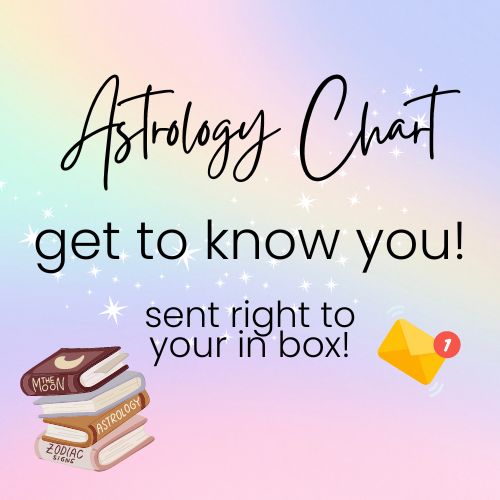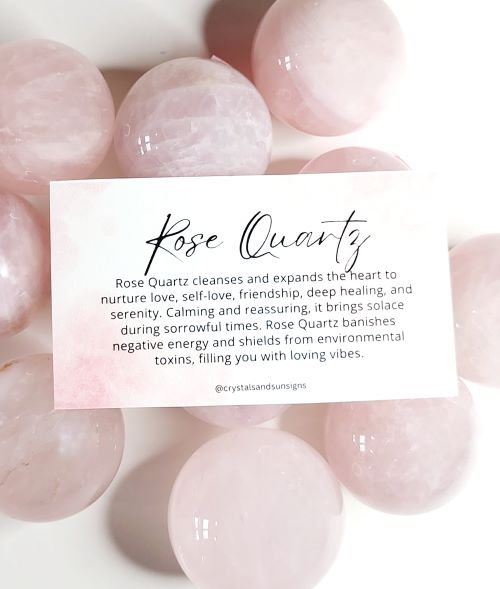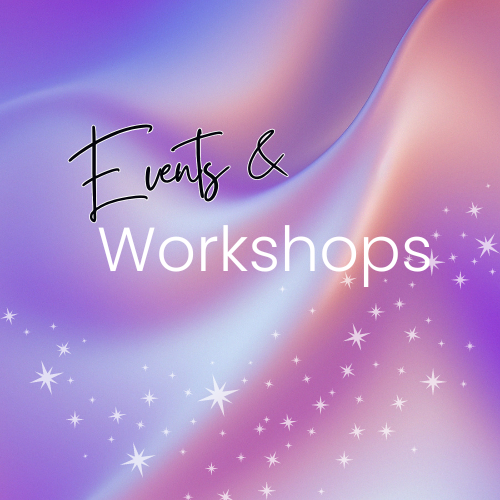
How to Spot Genuine Gemstone Beads Like a Pro
Share
Hey there gemstone enthusiasts! Ever wondered if those shiny beads you’ve got are the real deal or just fancy imitations?
One of the biggest questions we get asked, is how can you tell if a bead is real or fake?
Well, fear not! We're diving into the world of gemstone authenticity to help you separate the gems from the fakes. Here are some rock-solid tips to ensure you're getting the real deal every time:
-
Know Your Stuff: Before you start inspecting those beads, it pays to have a little background knowledge. Each gemstone has its unique characteristics, from color and luster to hardness and transparency. Familiarize yourself with these traits to better identify the real McCoy. Check out the stones' geology, what are their overall traits and colors.
-
The Scratch Test: No, we're not talking about damaging your precious beads! But did you know that you can use a scratch test to identify some gemstones? For instance, real quartz won't easily scratch, whereas glass or plastic imitations will.
-
Weight Matters: Genuine gemstone beads tend to be heavier than their synthetic counterparts. If your beads feel surprisingly lightweight, it might be a sign that they're not the real deal.
-
Temperature Sensitivity: Gemstones are known for their thermal conductivity. Try holding the beads in your hand for a while and notice if they warm up. Genuine gemstones should quickly take on your body temperature, while synthetic ones might feel already warm and will adapt quickly to their surrounding temperatures.
-
Check for Flaws: Imperfections can be a good thing when it comes to spotting genuine gemstones. Natural stones often have inclusions or slight irregularities, whereas synthetic ones tend to be more flawless. Like amethyst will show some cracks or different inclusions. Only when you get into high quality like A Grade precious stones do you see more clarity.
-
Color Consistency: Natural gemstones usually have slight color variations throughout the beads. If you notice uniform coloration across all the beads in your strand, it could be a sign that they're not the real McCoy.
-
The Water Test: This one's a classic. Simply drop your bead into a glass of water. Genuine gemstones will sink due to their density, while imitations might float or behave differently. Jet for instance as this is a coal, it is very light and may not sink.
-
Seek Certification: When in doubt, seek out certified gemstones. Reputable sellers often provide certificates of authenticity, detailing the gemstone's origin and quality.
-
Trust Your Instincts: Sometimes, your gut feeling can be your best guide. If something seems too good to be true, it probably is. Trust your instincts and opt for reputable sellers with a track record of authenticity.
A few beads that are sold under false names with claims of being natural are:
-
1. Malachite - if this has defined black veins and a bright green, that is typically a fake stone
-
2. Moonstone - holographic glass beads or aka mermaid glass is often sold as a moonstone or even a quartz.
-
3. Onyx - most onyx beads will be dyed or color enhanced, but some sources may try to electroplate glass beads and sell them as onyx, this one can be much harder to determine if its fake. Break a bead open and you wil know for sure!








